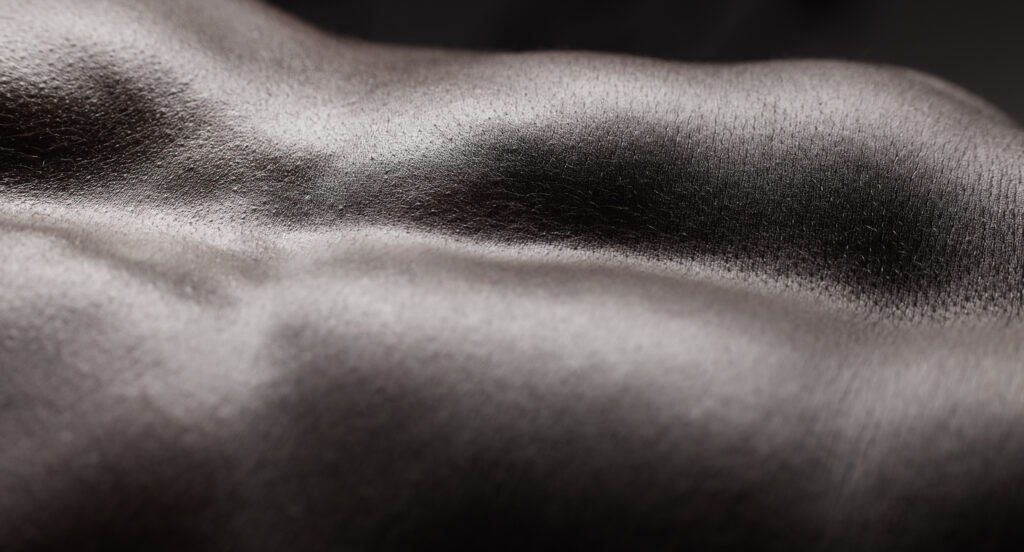Visible six pack abs are often admired and sought after in popular culture as a sign of peak physical fitness. But how common or rare are they, really? Let’s dive into it.
To begin with, everyone actually has abdominal muscles or “abs.” The rectus abdominis muscle, which forms the front sheath of the abdominal area, is what most people are referring to when they talk about six pack abs. So, the presence of this muscle isn’t the rare part; it’s having low enough body fat for these muscles to become visible that’s less common.
Many factors come into play that makes visible six pack abs relatively rare among the general population:
- Body Fat Percentage: For the abs to be visible, men typically need a body fat percentage of around 6-9% while women need about 16-19%. The average adult male in many Western countries has a body fat percentage closer to 20-25%, and for women, it’s around 25-30%.
- Genetics: Some people have a genetic predisposition that allows them to store less fat in the abdominal region, making it easier for them to achieve and maintain visible abs. Additionally, the shape and symmetry of one’s abs are also genetically determined.
- Diet and Lifestyle: Maintaining the diet and discipline necessary to achieve and sustain such a low body fat percentage is challenging. It requires strict attention to calorie intake, food quality, and often involves precise macronutrient tracking.
- Exercise: While diet is paramount for reducing body fat, targeted and consistent exercise is essential to sculpt and define the abdominal muscles.
- Age and Metabolism: As people age, their metabolism typically slows down, making it harder to maintain low body fat levels.
Considering all these factors, while many might aspire to have a visible six pack, the combination of genetic factors, stringent dietary and exercise requirements, and other lifestyle factors make it a less common trait among the general public. However, with the right dedication and approach, it’s an attainable goal for those who are committed.

